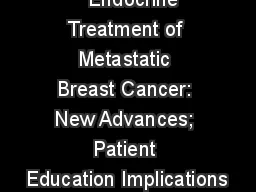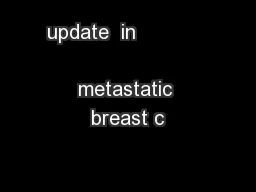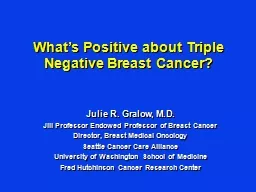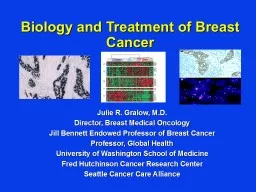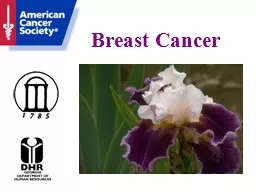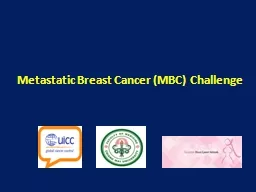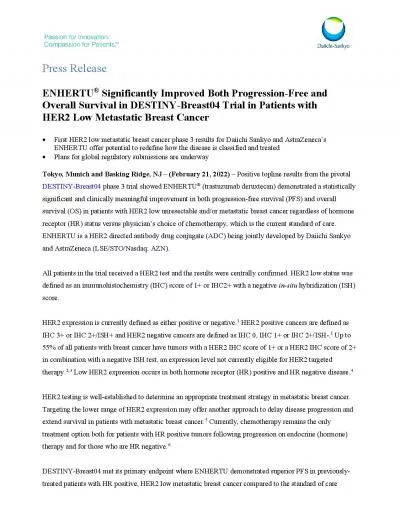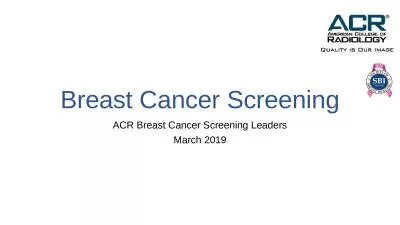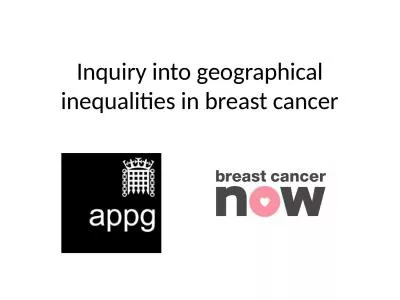PPT-Endocrine Treatment of Metastatic Breast Cancer: New Advances; Patient Education Implications
Author : calandra-battersby | Published Date : 2020-04-04
An Interactive Oncology Grand Rounds Series Joyce OShaughnessy MD Chair Breast Cancer Research Program Baylor Charles A Sammons Cancer Center Celebrating Women Chair
Presentation Embed Code
Download Presentation
Download Presentation The PPT/PDF document " Endocrine Treatment of Metastatic Bre..." is the property of its rightful owner. Permission is granted to download and print the materials on this website for personal, non-commercial use only, and to display it on your personal computer provided you do not modify the materials and that you retain all copyright notices contained in the materials. By downloading content from our website, you accept the terms of this agreement.
Endocrine Treatment of Metastatic Breast Cancer: New Advances; Patient Education Implications: Transcript
Download Rules Of Document
" Endocrine Treatment of Metastatic Breast Cancer: New Advances; Patient Education Implications"The content belongs to its owner. You may download and print it for personal use, without modification, and keep all copyright notices. By downloading, you agree to these terms.
Related Documents

